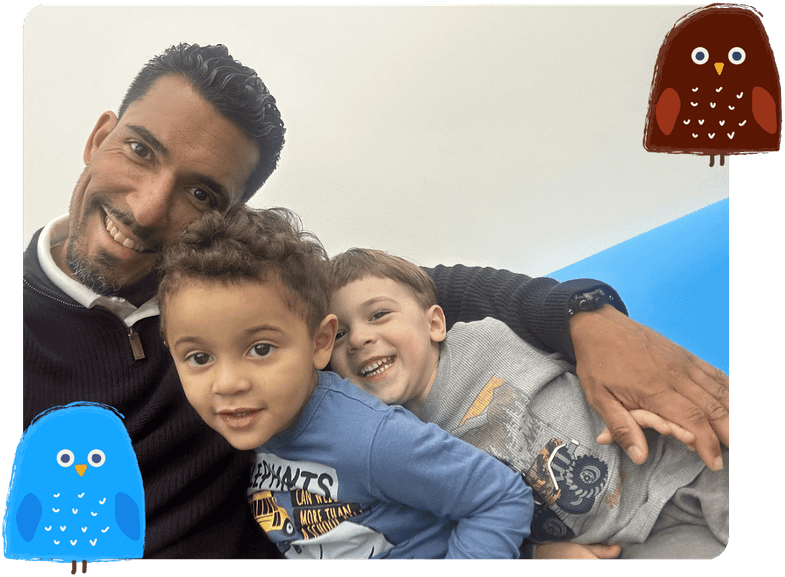Sample Page
This is an example page. It’s different from a blog post because it will stay in one place and will show up in your site navigation (in most themes). Most people start with an About page that introduces them to potential site visitors. It might say something like this:
Hi there! I’m a bike messenger by day, aspiring actor by night, and this is my website. I live in Los Angeles, have a great dog named Jack, and I like piña coladas. (And gettin’ caught in the rain.)
…or something like this:
The XYZ Doohickey Company was founded in 1971, and has been providing quality doohickeys to the public ever since. Located in Gotham City, XYZ employs over 2,000 people and does all kinds of awesome things for the Gotham community.
As a new WordPress user, you should go to your dashboard to delete this page and create new pages for your content. Have fun!
Heading H1
Using differential reinforcement procedures, we redirect behaviors we want to decrease by prompting an alternative behavior and immediately rewarding the learner following the appropriate response. Positive reinforcement-based contingencies increase on-task responding and overall learner motivation, allowing us to progressively shape more functional behaviors over time. This strategy helps us forge an ideal learning environment where the learner is engaged and enthusiastic about surpassing the goals we set in therapy.
Heading H2
Using differential reinforcement procedures, we redirect behaviors we want to decrease by prompting an alternative behavior and immediately rewarding the learner following the appropriate response. Positive reinforcement-based contingencies increase on-task responding and overall learner motivation, allowing us to progressively shape more functional behaviors over time. This strategy helps us forge an ideal learning environment where the learner is engaged and enthusiastic about surpassing the goals we set in therapy.
Heading H3
Using differential reinforcement procedures, we redirect behaviors we want to decrease by prompting an alternative behavior and immediately rewarding the learner following the appropriate response. Positive reinforcement-based contingencies increase on-task responding and overall learner motivation, allowing us to progressively shape more functional behaviors over time. This strategy helps us forge an ideal learning environment where the learner is engaged and enthusiastic about surpassing the goals we set in therapy.
Heading H4
Using differential reinforcement procedures, we redirect behaviors we want to decrease by prompting an alternative behavior and immediately rewarding the learner following the appropriate response. Positive reinforcement-based contingencies increase on-task responding and overall learner motivation, allowing us to progressively shape more functional behaviors over time. This strategy helps us forge an ideal learning environment where the learner is engaged and enthusiastic about surpassing the goals we set in therapy.
Heading H5
Using differential reinforcement procedures, we redirect behaviors we want to decrease by prompting an alternative behavior and immediately rewarding the learner following the appropriate response. Positive reinforcement-based contingencies increase on-task responding and overall learner motivation, allowing us to progressively shape more functional behaviors over time. This strategy helps us forge an ideal learning environment where the learner is engaged and enthusiastic about surpassing the goals we set in therapy.
Heading H6
Using differential reinforcement procedures, we redirect behaviors we want to decrease by prompting an alternative behavior and immediately rewarding the learner following the appropriate response. Positive reinforcement-based contingencies increase on-task responding and overall learner motivation, allowing us to progressively shape more functional behaviors over time. This strategy helps us forge an ideal learning environment where the learner is engaged and enthusiastic about surpassing the goals we set in therapy.


Our Mission
We believe that by employing the principles of Applied Behavior Analysis to teach our learners adaptive behaviors, they can flourish into happy, productive, and contributing members of society. At PRISM, success is not measured by the goals we master in therapy, but by the realization of our learners no longer requiring our services.
- List One
- List Two
- List Three
